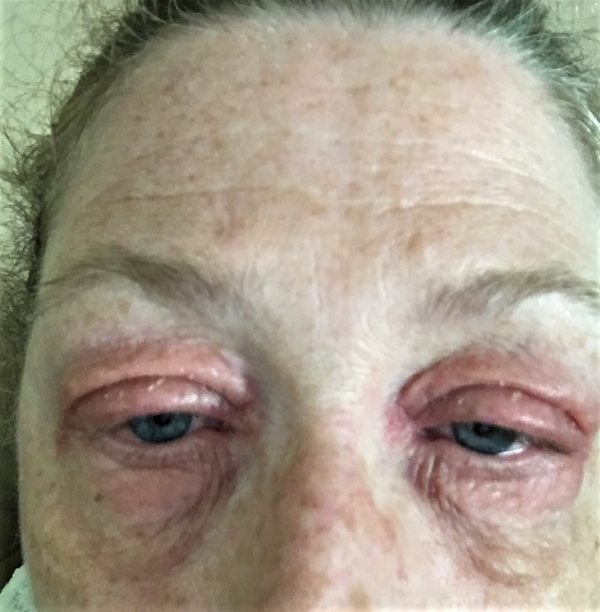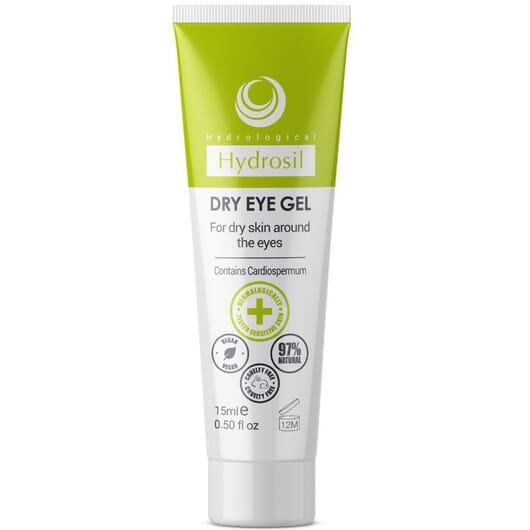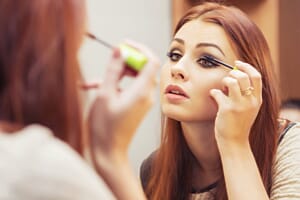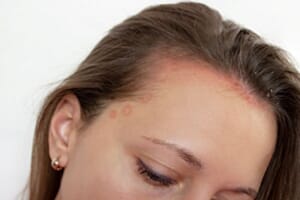Blepharitis is an eye condition that causes swelling, redness and itching of the eye lids and rims. It's quite a common condition but is still relatively unknow by many doctors and therefore is often misdiagnosed as hay fever, allergies, eye eczema or contact dermatitis.
Sherry, 55, is a customer service manager and mum of four. Sherry's blepharitis was triggered by the onset of menopause and was misdiagnosed by her doctor.
“One of the first symptoms of my menopause three years ago was not the normal hot flushes or mood swings but very red, inflamed and sore skin around my eyes.
The pain and discomfort of my inflamed eyes was awful. The first flare up lasted nine months and I made it worse by crying most days because of how awful looked.
Some days I felt like I really was the demon monster that my friends and co-workers used to joke I looked like. It was embarrassing as I worked in customer service. The state of my eyes really effected my confidence because it was impossible for people not to stare at my eyes as they were livid and so sore.
I tried multiple cleansing regimes and did hot compresses, which only made my eyes worse. Almost every over-the-counter product I tried stung like hell and dried my skin out, making my eyes even redder and more sore.
Eventually I went to the eye doctor who misdiagnosed me with an allergy and then eventually I was sent to a specialist who diagnosed me with blepharitis. I was prescribed steroids and multiple rounds of antibiotics which only worked for a while but stopped working the minute the course ended. You’re not allowed to use steroids around the eye area for long as they can permanently damage the skin.
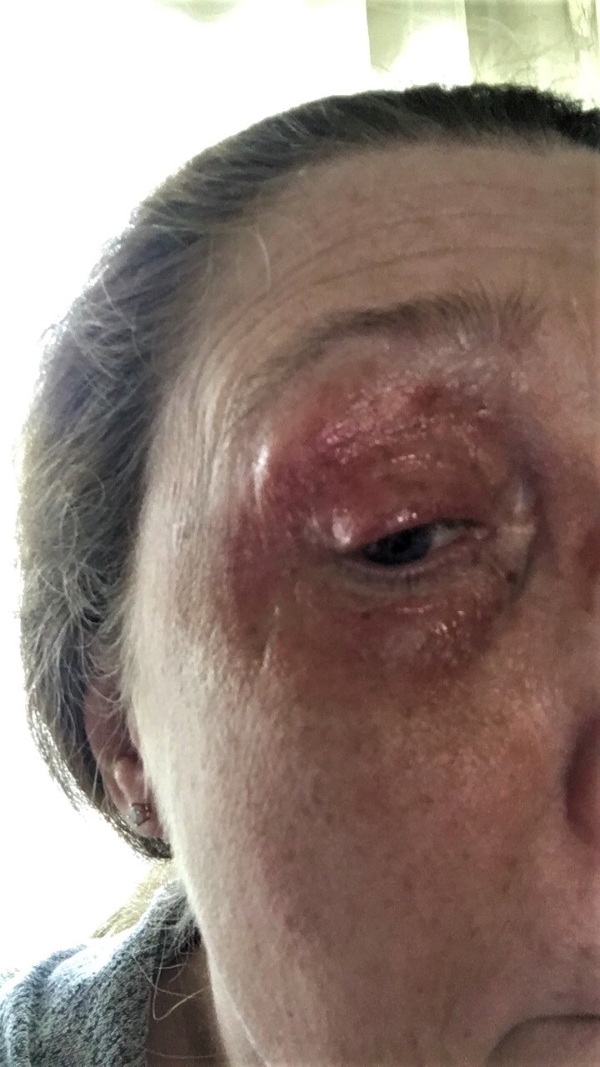
It was only after the flare up of blepharitis that my doctor tested me for menopause which had of course begin and he thought was what had triggered my blepharitis. I also had very dry red eyes, and have since also been diagnosed with ocular rosacea, which is probably what then caused the blepharitis.
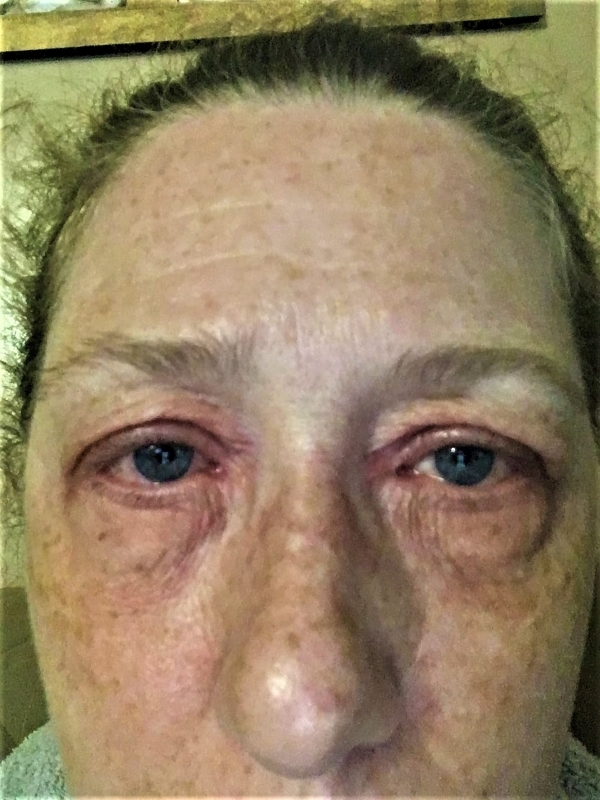
When the medications for the blepharitis stopped working I started researching alternative treatments on the internet and joined several Facebook groups of other sufferers from this condition which I discovered was far more common than I realised. It was from one of these groups that I read a review of Hydrosil Dry Eye Gel.
I ordered some immediately as it was clear from the review that the lady who has written it had something similar to me and had also tried all treatments available from her doctor with no decent results. If someone like that was recommending this eye gel then I believed her as I know myself I would never suggest anything to anyone for this condition unless it really worked. She also said it didn’t sting her yes, which for me was the crucial as by now I was very cautious to try anything new o my eyes due to the intense stinging that was often triggered.
The eye gel began to take effect almost immediately! Within days the swelling and hotness reduces and within a week dry flaking around the eyes and on the my eye lids had noticeably improved. It’s hard to explain the relief I felt from this. Just having something that calmed the hot itchy irritation that was almost always around my eyes felt miraculous after months of nothing working.
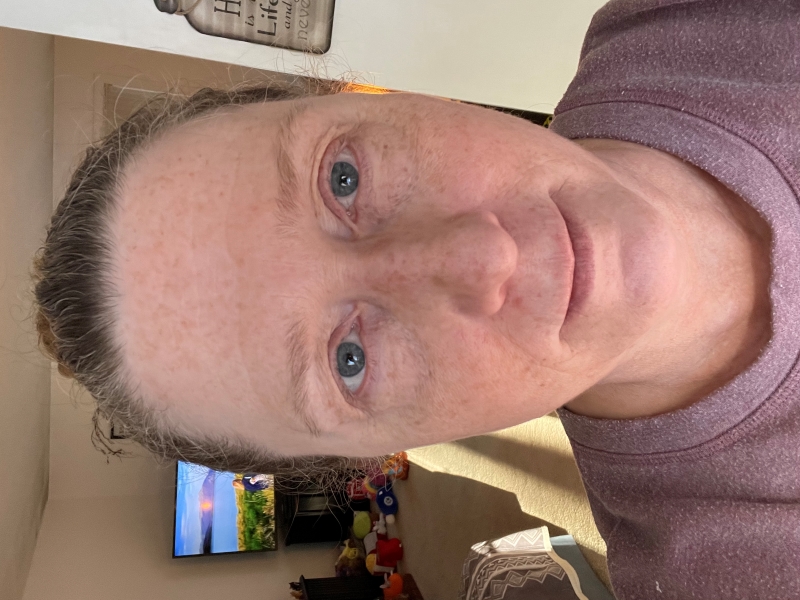
Not only did the dry eye gel work on reducing the inflammation and redness it also I felt it provided a great barrier from outside irritants so that other products I put on my face or any cosmetics didn’t keep irritating my eyes.
After six months of use of the eye gel twice a day I would say my blepharitis has improved by about 90%.
I still get some irritation if I’m not super careful about cleansing my eyes every day and I have to be very strict about what make up I wear. I don’t dare wear any ‘normal’ concealers or eye creams around my eye area, instead I used the Hydrosil Dry Eye Concealer around my eyes after using the eye gel underneath. The concealer has some of the same ingredients in it as the eye gel and also has a prebiotic which helps heal dry broken skin. As long as I use the gel twice a day (especially overnight ) and cleanse well every evening my eyes have stayed more or less back to normal
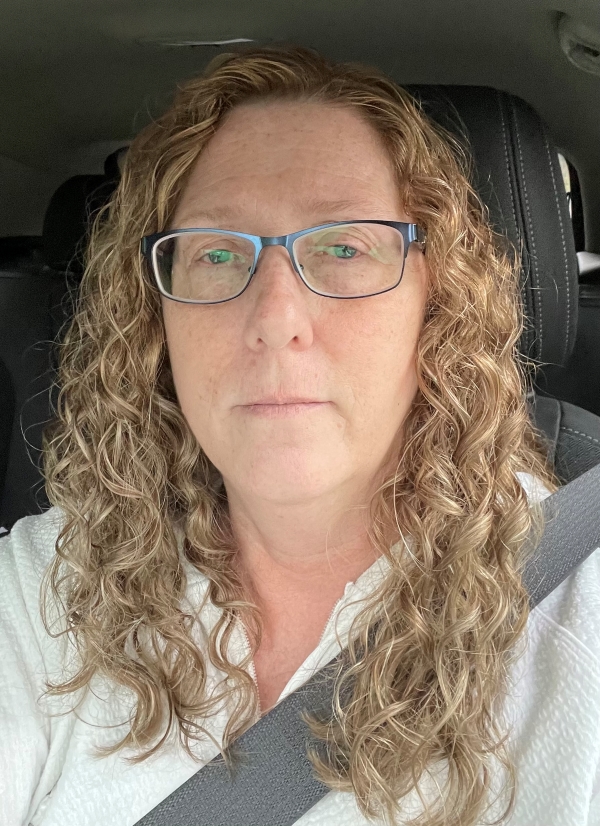
There is no way I would stop using this eye gel ever, it’s been a life saver for me. The fact you can use it every day and don’t have to stop like with steroids is the best thing about it as it constantly keeps working.”
What is blepharitis and how can menopause trigger it?
Blepharitis is an inflammation along the edges of the eyelids. The eyelids can become irritated itchy and inflamed and appear greasy and crusted with scales that cling to the lashes.
Some things can lead to the development of blepharitis. Some causes include excess bacteria, blocked oil glands, allergies. The condition can also be due to other skin conditions like rosacea, seborrheic dermatitis, and eczema.
Female sex hormones, namely oestrogen, influence production of all components of the tear film including aqueous layer, lipid, and mucin. A drop oestrogen can cause changes in the ocular surface and cause dryness and irritation both in and around the eyes. It can change in the oil gland production which can trigger blepharitis in much the same way that can cause menopausal acne.
Ocular rosacea can also be triggered much like normal rosacea by the disturbance in hormone levels during menopause and blepharitis can then develop as a secondary condition to ocular rosacea.
Blepharitis cannot be cured, but treatment can successfully manage symptoms.
Antibiotics applied to the eyelid have been shown to provide some relief of symptoms and resolve bacterial infection of the eyelids. Topical corticosteroids may also be prescribed in severe cases although need to be used with extreme caution around the eyes and should only be used for very limited periods.
In addition to treatments, people should avoid using cosmetics such as eyeliner, mascara, and other makeup around the eyes.




